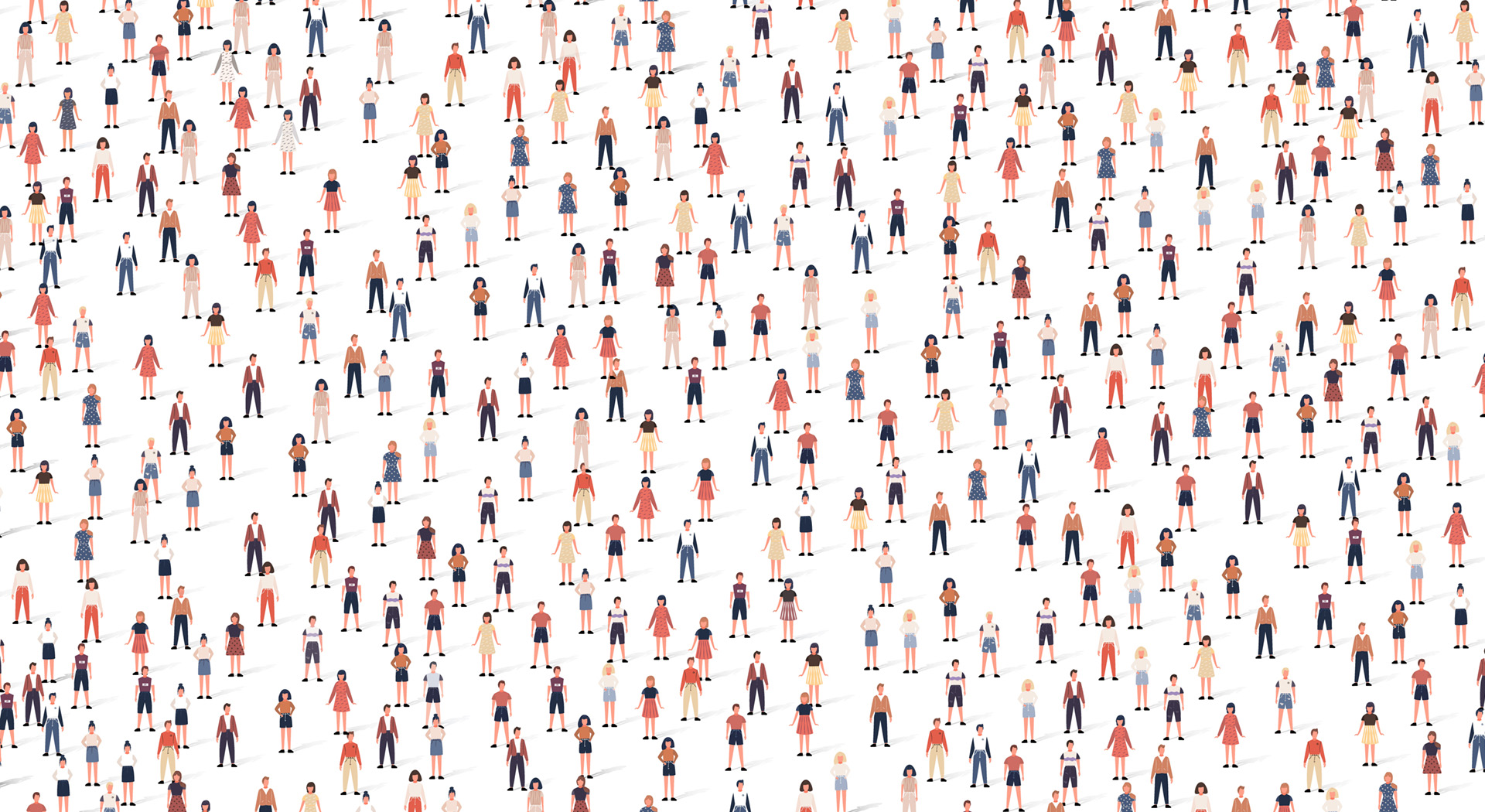Physical barriers, digital barriers
The issue of accessibility does not stop at the accessibility of buildings and physical content. It integrates all facets of a person’s life, including their digital life.
Theoretically, the web is designed to work for all people, regardless of their hardware, software, language, location or ability.
In practice, there are many obstacles to the access and the consultation of websites: the device used, a fickle connection, an outdated browser and (the vast majority of) badly designed websites.
An accessible web meets the needs of people with a diverse range of disabilities and impairments such as:
• hearing
• visual
• physical
• cognitive
• other (circumstantial disabilities, advanced age, socio-economic disadvantages, non-native speakers)
What does this mean in practice?
What does this mean in practice? European studies show that one in six Europeans has a permanent or temporary disability. Imagine for a moment that 90% of the websites or applications you use today are inaccessible to you. Most people around you still enjoy the convenience of mobile banking, free online shopping and social media connectivity, but for you, all these online services are inaccessible. This is the daily life of 87 million disabled people in the European Union.
People with visual, hearing, motor, speech and cognitive disabilities use a variety of assistive technology tools (software and hardware) to help them navigate the web and interact with its content.
These include screen readers, alternative keyboards and trackpads, screen magnifiers, eye tracking tools, etc. These assistive devices can be compared to a wheelchair or a guide dog that helps you move around and interact with the environment around you.
If your website is not assistive technology friendly, it can be compared to an institution that does not have a wheelchair accessible entrance or a supermarket that does not allow service animals. Without softwares or a ramps, some people experience difficulties and barriers that discourage them from using the physical or digital space.
Digital accessibility therefore means that websites, tools and technologies are designed and developed in such a way that people with disabilities or impairments can use them. More precisely, people can:
• Percieve
• Understand
• Naviguate
• Interact with the Web
• Contribute to the Web
And more generally, just as the accessibility of a building benefits everyone, a well-designed website with clearly stated and represented content benefits the entire online community.
To go further
To learn more about how to make your website accessible and best practice, visit The Good Manager project website. A variety of freely accessible educational content is available.

